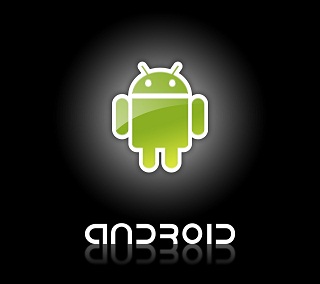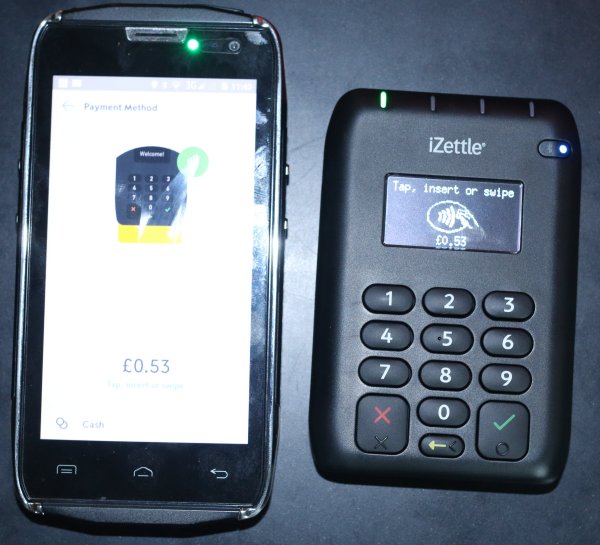This may seem and odd premise, given that Apple flogged 4 million of the new iPhone 6 units as soon as it was launched. It doesn’t sound like a failure. But I’m hearing voices…
The theory is that the smartphone market is saturated. In the US, an often quoted statistic is that 75% of Americans already have one. In the UK, research from Deloitte puts the figure at 72% a year ago, rising at about 15% a year. Selling something everyone already has is not a good place to be.
Then there’s the inexorable rise of Android. Google launched the low cost, very capable and very affordable Android One phone in June. Never heard of it? Well it’s not available in the west – they’re going after the huge third world market, starting with India. There are a billion punters there, eager for the western tech. And the same with China, although they can make their own (as well as handsets for the rest of the world).
Generic Chinese Android handsets are good. I have one. It takes two SIMs at once and works under water, at a fraction of the prices of a western branded unit. Manufactures like Huawei, ZTE and Foxconn own this space and will be hard to shift. Google doesn’t make money from Android, and I doubt that the Android One will contribute much to their balance sheet. But Google is a data capture company, and have Google-controlled smartphones out there is strategically very good.
So, Apple must be doomed – a saturated market and cheaper smartphones that do it better. But that’s never been a problem Apple’s business model.
Apple’s products are aspirational – they say, “Look at me – I’m wealthy enough to spend £100s every year for the latest iPhone and therefore I’m a good prospect when it comes to making babies.” The more they cost, the more people want them. Fanbois may protest, saying that they iPhones work better (not so) and look nicer. Sony sells nice looking kit too, but is forecasting a $1.2B loss from its Android smartphones. The same with HT; it’s just breaking even on declining sales. Samsung is making a good profit ($6B), but there’s a suspicion this has been generated on a huge marketing spend.
Apple doesn’t need to spend too much on marketing. It just has to look cool and remain aspirational.
According to Juniper, shipments of smartphones will be close to 1.2B units this year (with 985M shipped in 2013). That’s a high volume, but if it’s the Android One and low cost units going to emerging markets (those not yet saturated), the bulk of that will be making meagre profit.
Apple, on the other hand, makes a very nice margin, thanks. Fanbois will happily hand over $100s simply to have one with a larger flash memory; several thousand percent more than the memory itself costs elsewhere. They’ll accept that the limited-life battery is ;sealed inside and will die, taking the iPhone with it in a couple of years. They’ll accept that there’s no memory card slot as an alternative to buying the ridiculously expensive internally upgraded models. They’ll even put up with the poor telephone performance; after all the screen looks very nice (don’t tell them that Samsung beat them too it).
I used to work with Cuppertino in the late 1970’s and early 1980’s – lots of people did because the Apple II was a major player; a de-facto standard. Then in 1981 the IBM PC was launched, became the new de-facto standard and Apple was marginalised with the Mac, losing market-share big time until it was less than 10%. 25 years ago I was discussing their demise with Guy Kewney, a good and wise pundit and friend. “You’re wrong”, he said. “The PC market is much bigger. Other PC makers would be very happy to have 9% of the current market, and they have much lower margins than Apple.”


 There’s a bug in all by the most recent versions of the Android operating system that can theoretically allow attackers to take over the device simply by viewing a web page or downloading a media file. It’s actually in the Stagefright library, and was the talk of Black Hat last August. Then it was considered hard to exploit, but security researcher Hanan Be’er at North-Bit in Israel has now
There’s a bug in all by the most recent versions of the Android operating system that can theoretically allow attackers to take over the device simply by viewing a web page or downloading a media file. It’s actually in the Stagefright library, and was the talk of Black Hat last August. Then it was considered hard to exploit, but security researcher Hanan Be’er at North-Bit in Israel has now 




